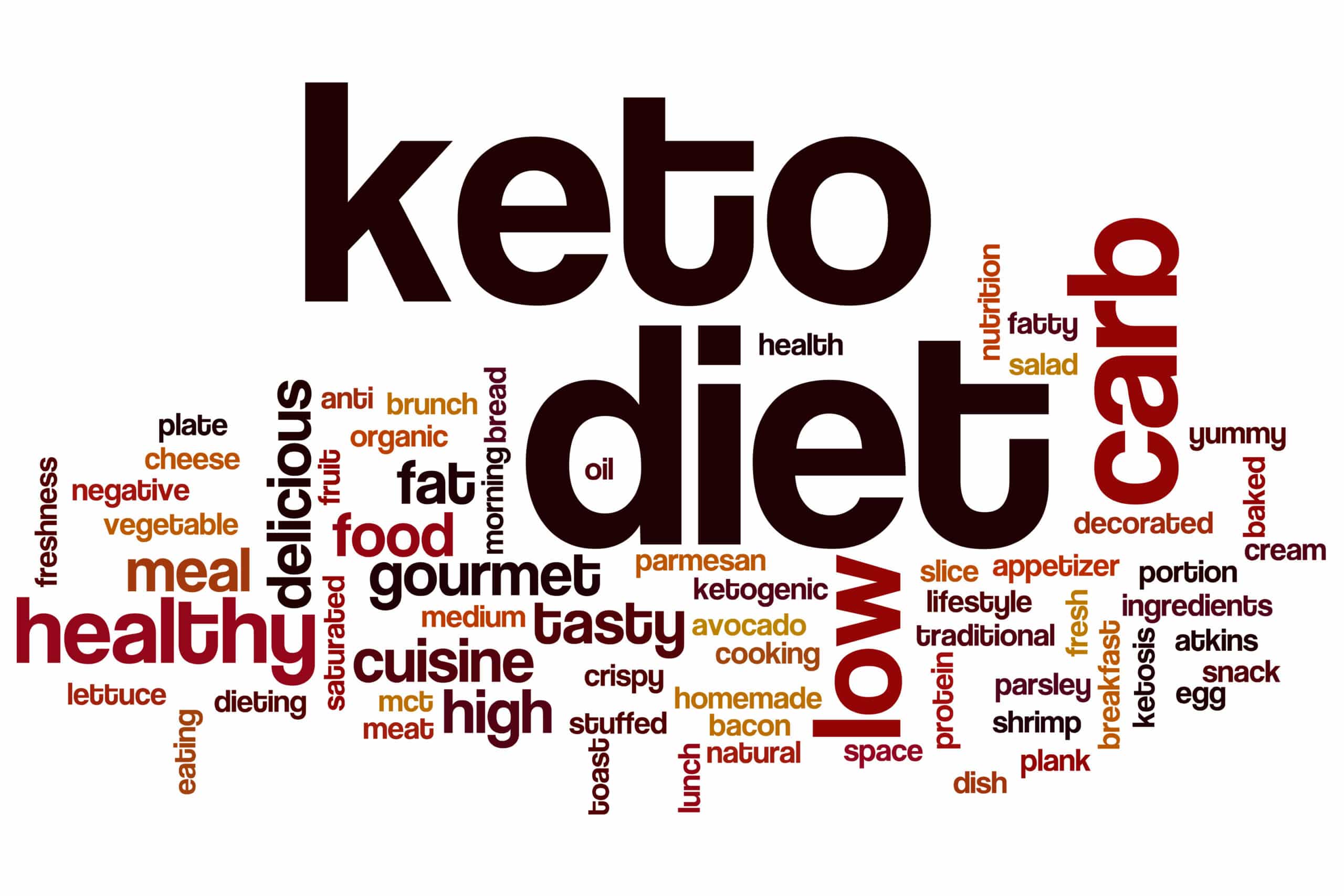Ketogenic diets have been around for a long time and have been used to help treat intractable epilepsy when medications fail. Food as medicine is not a new theory and has been used for multiple generations. Growing research has found ketogenic diets to be effective in helping to reverse type 2 diabetes, autism, Alzheimer’s disease, obesity, certain cancers, increase lifespan, enhance brain function, and more.
Bodies have backup energy storage systems that are used when faced with starvation. Typically the body burns carbs for energy, as contingency plan it can also burn fat. There are about 2,500 calories of carbs in the form of glycogen stored in the muscles, and about 40,000 calories of fat stored within the body, although some people have more. When carbs are scarce fat becomes mobilized as ketones that can be used as alternative fuel sources which are much cleaner burning sources of fuel and stimulate all kinds of good things within the body. Ketogenic diets reduce the size of organs, increase stem cell production, decrease visceral fat, improve gene expression, reduce cancer, increases size of the hippocampus, boosts immune function, improves mitochondrial function, enhances cognitive function, and reduces oxidative stress and inflammation which are all good things that promote health and longevity.
In a clinical trial investigating impacts of a low carb high fat diet involving 262 subjects with type 2 diabetes 94% of the intervention subjects were able to reduce or eliminate their need for insulin, and 6 in 10 patients average blood sugar levels fell low enough to technically reverse their diabetes according to Dr. Hallberg.
Blood insulin responds to different macronutrients differently. Carbs have an impact, protein has moderate impacts, but fat has no impact on blood insulin levels. Fats and carbs provide energy for the body, when carbs are limited fat becomes the preferred and more efficient source of fuel. Reducing intake of one macronutrient creates a need to increase intake of another to avoid feelings of hunger and low energy. Low fat crazes begin with flawed science incorrectly stating fat as always being dangerous. Low carb high fat diets provides the body with the energy needed and helps to avoid hunger and cravings.
Type 2 diabetes can be thought of as carbohydrate intolerance or insulin resistance along with being a disease of high blood sugar, which means when a person with type 2 diabetes consumes carbs it causes their blood sugar to rise above healthy levels. Every person has different carbohydrate tolerance, one person may be able to eat carb heavy diets with no issues while others get blood sugar spikes and gain weight from consuming very little carbs; both people can be healthy as long as they eat within their tolerance levels.
Carbohydrates are one of the main energy sources in foods such as starches, fruit, bread, and pasta when digested they are broken into glucose in the blood called blood sugar. Excess glucose is pulled out by insulin hormones, the body allows for 1 tsp of sugar per 5 liters of blood. An individual with high carb tolerance has a well working process and excess blood sugar is promptly removed, an individual with carb intolerance, type 2 diabetes or prediabetes the system breaks down with the body losing insulin sensitivity and more insulin being required to remove excess blood sugar resulting in levels remaining high that can make the body even less sensitive to insulin: This cycle can happen over and over making the problem get worse.
Majority of interventions focus on eating less and exercising more, many have tried this and yielded minimal results struggling with unsustainable hunger and cravings. Many of such programs tend to be high in carbs which increases blood sugar triggers an insulin responses that block the body’s ability to burn fat: As long as insulin levels as high it is difficult to lose weight even on restricted diets as insulin actively blocks the breakdown of stored body fat.
Studies have shown that low carb high fat diets can be more effective than programs that encourage eating less with more exercise. In this study subjects lost 12% of starting body weights in 6 months, and had 22% reductions in triglycerides in 10 weeks. 56% of subjects lowered HbA1c to below diagnostic threshold for type 2 diabetes, and 47.7% were able to reverse diabetes by lower HbA1c while eliminating needs for medications according to Dr. Hallberg.




